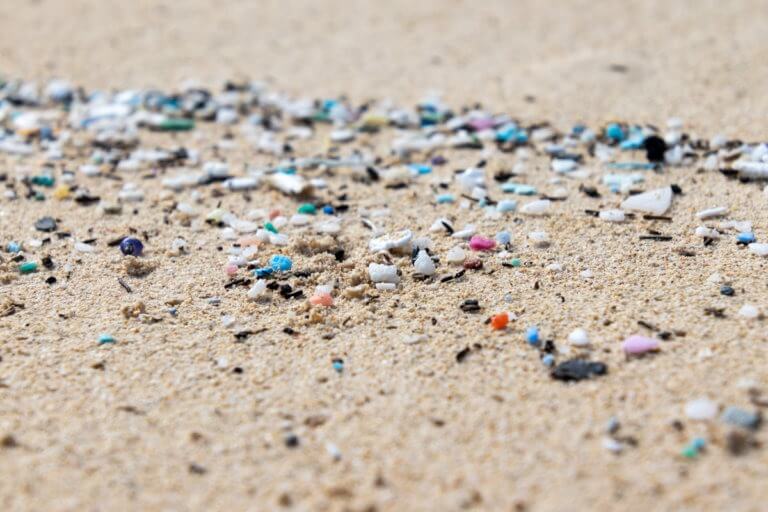
Microplastics – A New Class of Emerging Contaminants
By now, most of us are aware of per- and polyfluoroalkyl substances (PFAS) as an emerged contaminant group, but how many of us have considered microplastics as a contaminant that will be regulated under current regulations. Like PFAS of several years ago, microplastics are becoming more common in the headlines and are now in sight of state and likely US EPA regulators. Companies have already been sued by the US EPA over discharge of visible plastic materials under Clean Water Act (CWA) stormwater regulations.
The California State Water Resources Control Board (CWRB) has been tasked to develop a working definition of microplastics and then to adopting a standard method for analysis. A 2009 National Oceanic and Atmospheric Administration (NOAA) Workshop proposed that any plastic particles smaller than 5 mm, with no specified lower size bound, met the requirement. Setting a lower size limit is still under debate (2, 3, 4) and a necessary metric for a workable definition. These synthetic polymer fragments that consist of polyvinylchloride (PVC), polystyrene, polyethylene, polypropylene, and fluorocarbons are ubiquitous (2) occurring in marine, freshwater, urban and agricultural soils. Measuring and then regulating microplastics in these systems requires standardized collection, preparation, and determination procedures. A fair amount of work has been done to develop procedures in aqueous matrices where several ASTM Standards and/or practices to filter and collect the microplastics are in development (5). Discerning plastic polymer fragments from non-plastics (e.g., suspended solids, cellulose, collagen) requires separation and spectroscopic determination techniques. These currently rely upon microscopic (e.g., scanning electron microscope [SEM]) and spectroscopic (e.g., Raman, Fourier-transform infrared spectroscopy [FTIR]) for identification. Standardizing and validating a test procedure will require additional work. Once finalized, regulation of microplastics discharge as aquatic trash is possible under the CWA. Though discharge limits based on endpoint risks is also yet to be completed or codified.
References
- Arthur, C., J. Baker, H. Bamford (eds). (January 2009) Proceedings of the international research workshop on the occurrence, effects, and fate of microplastic marine debris. National Oceanic and Atmospheric Administration: University of Washington Tacoma campus in Tacoma, Washington. September 9-11, 2008. NOAA Technical Memorandum NOS-OR&R-30.
- Finding Microplastics in Soils: A Review of Analytical Methods. https://dx.doi.org/10.1021/acs.est.9b04618.
- California State Water Resources Control Board. https://www.waterboards.ca.gov/drinking_water/certlic/drinkingwater/documents/microplastics/definition_microplastics.pdf.
- Frias, J. P. G. L.; R. Nash. Microplastics: Finding a Consensus on the Definition. Mar. Pollut. Bull. 2019, 138 (2019), 145−147.
- Cook, et al. Measuring Microplastics: Building Best Practices & Methods for Sampling, Extraction and Analysis. http://ftp.sccwrp.org/pub/download/DOCUMENTS/Agendas/MicroplasticsWorkshop/Cook.pdf.

